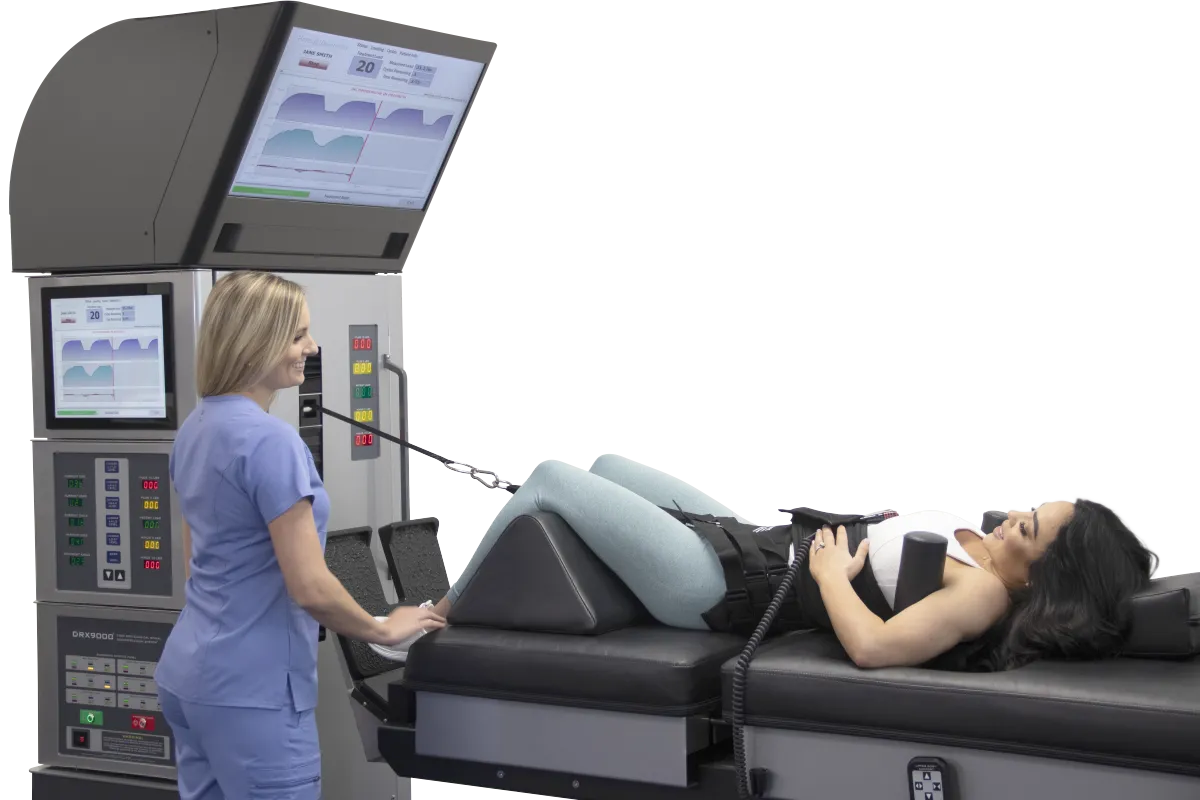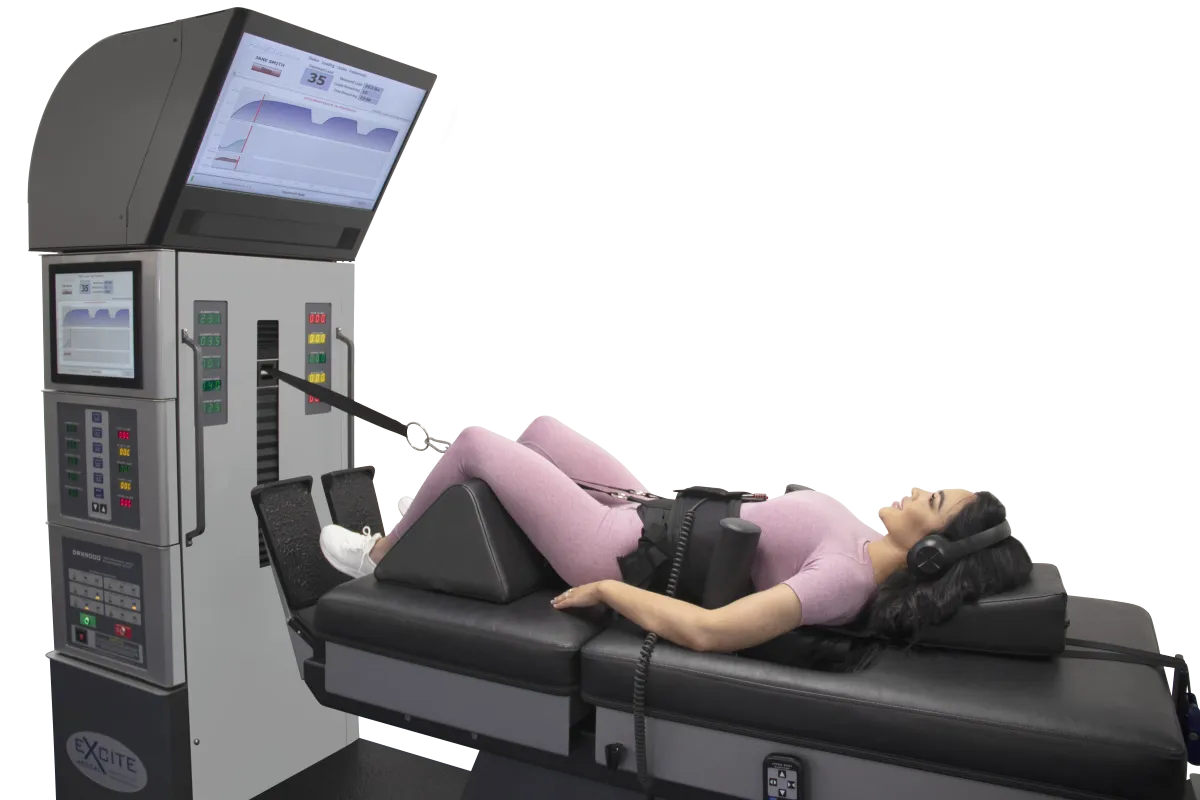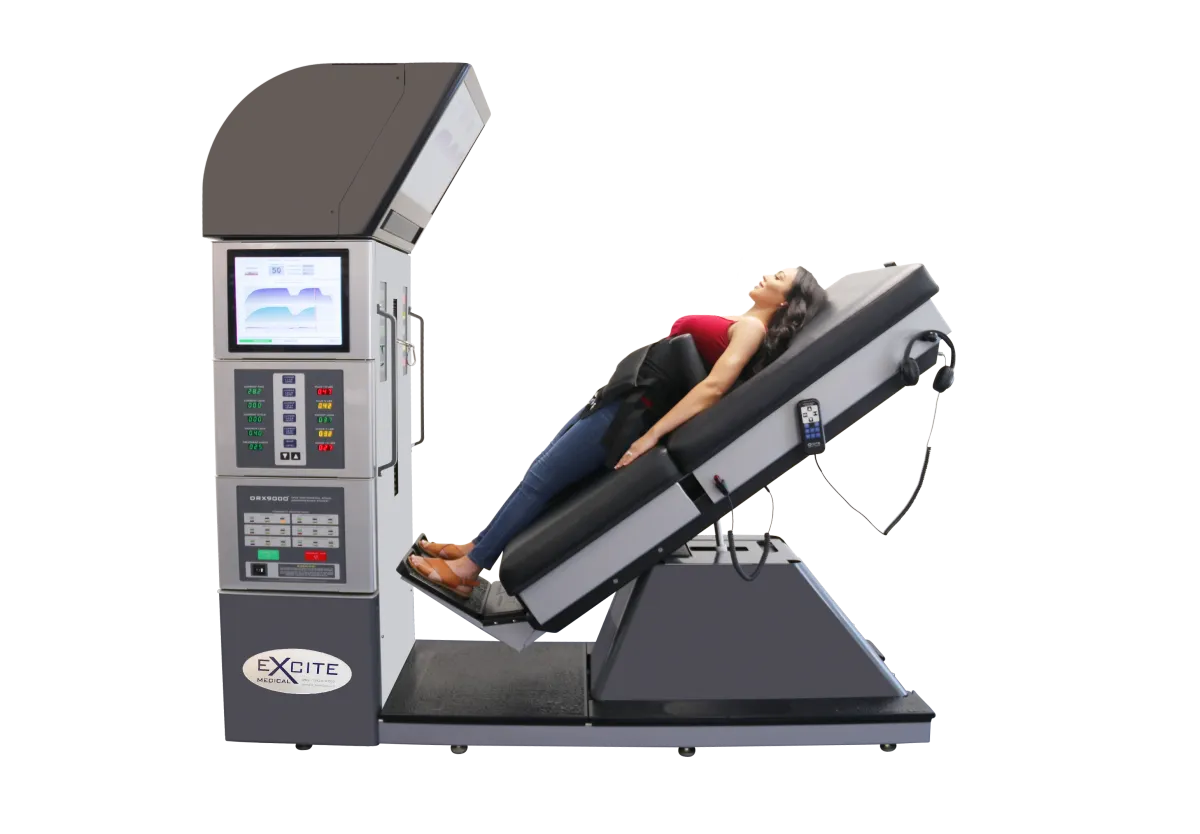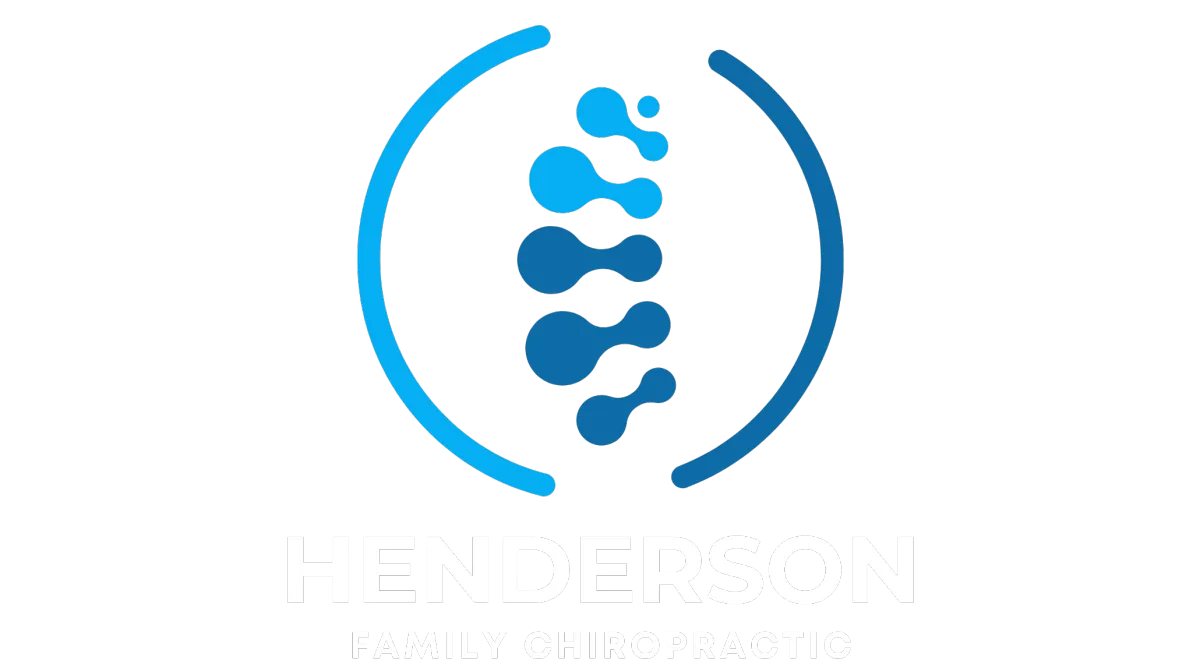Spinal Decompression
What is Spinal Decompression Therapy?
Spinal decompression therapy is a non-invasive treatment that gently stretches the spine to alleviate pressure on the discs and nerves. This process promotes the movement of water, oxygen, and nutrient-rich fluids into the discs, facilitating natural healing and relief from pain.


Conditions Treated with DRX9000™ Spinal Decompression
Herniated or Bulging Discs: Reduces disc protrusion and relieves nerve compression.
Degenerative Disc Disease: Promotes disc rehydration and height restoration.
Sciatica: Alleviates pressure on the sciatic nerve, reducing pain that radiates down the leg.
Posterior Facet Syndrome: Eases pressure on spinal joints to reduce pain and inflammation.

Benefits of DRX9000™ Spinal Decompression Therapy
Patients undergoing treatment with the DRX9000™ may experience:
Non-Surgical Relief: An effective alternative to surgery for chronic back and neck pain.
Enhanced Mobility: Improved range of motion and flexibility.
Long Term Results: Addresses the root cause of pain for sustained relief.
Comfortable Treatment Sessions: Designed for patient comfort with a relaxing experience.


What to Expect During Your Treatment
Each session with the DRX9000™ typically lasts about 30 minutes. During treatment, you'll lie comfortably while the machine gently stretches your spine according to a customized plan tailored to your specific condition. Most patients find the process relaxing, and there's no downtime required afterward.

Is Spinal Decompression Right for You?
If you're suffering from chronic back or neck pain due to conditions like herniated discs, sciatica, or degenerative disc disease, spinal decompression therapy may be an effective solution. It's essential to consult with our experienced chiropractors to determine if this treatment aligns with your specific needs.

Take the Next Step Toward Pain-Free Living
You don’t have to live with pain. If you’re ready for a
safe, natural, and effective solution, Dr. Walter Henderson could be exactly what you need.
📞 Call Henderson Family Chiropractic today to schedule your consultation and find out if Henderson Family Chiropractic is right for you!
➡ Don’t wait—your journey to pain-free living starts now!
